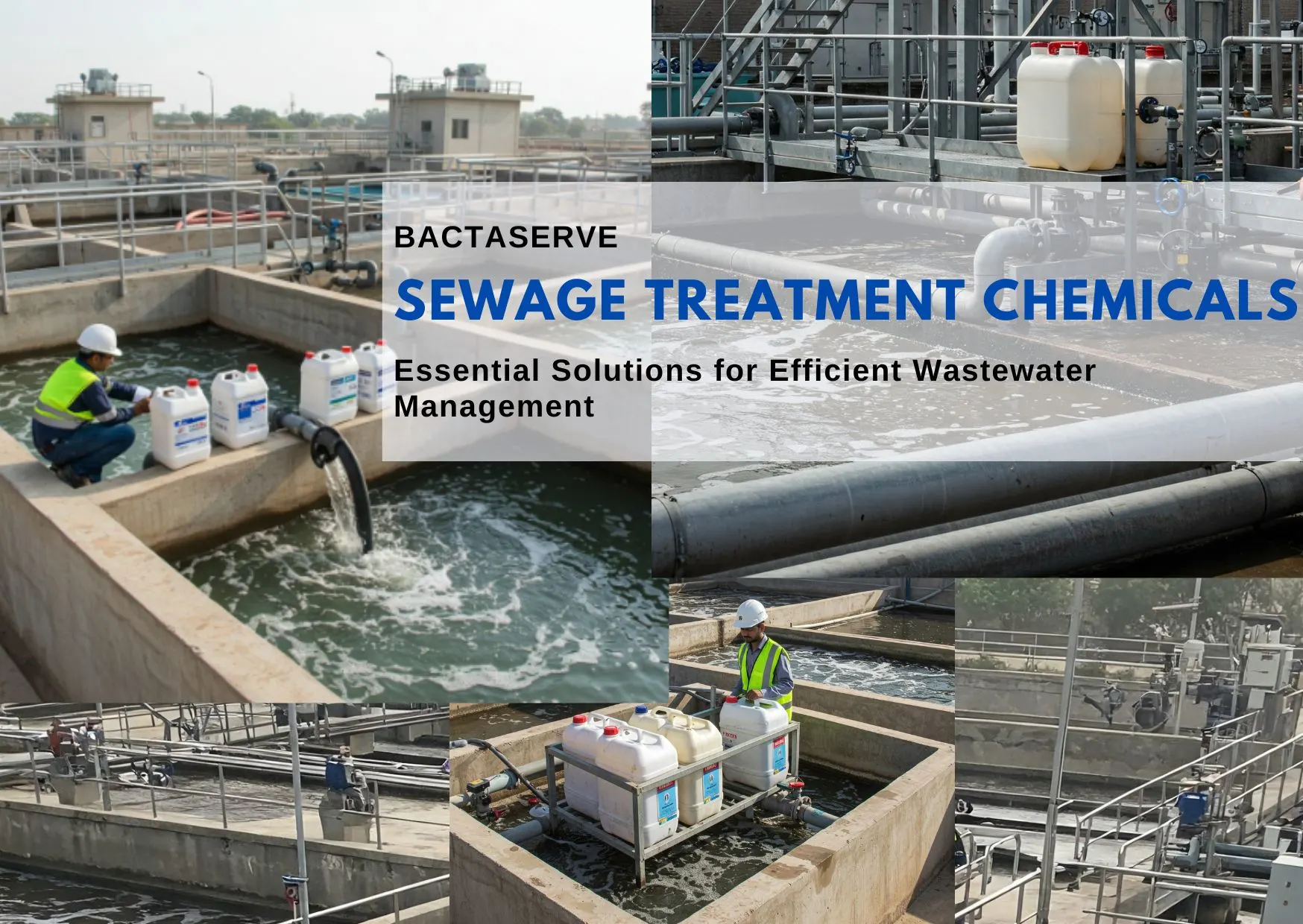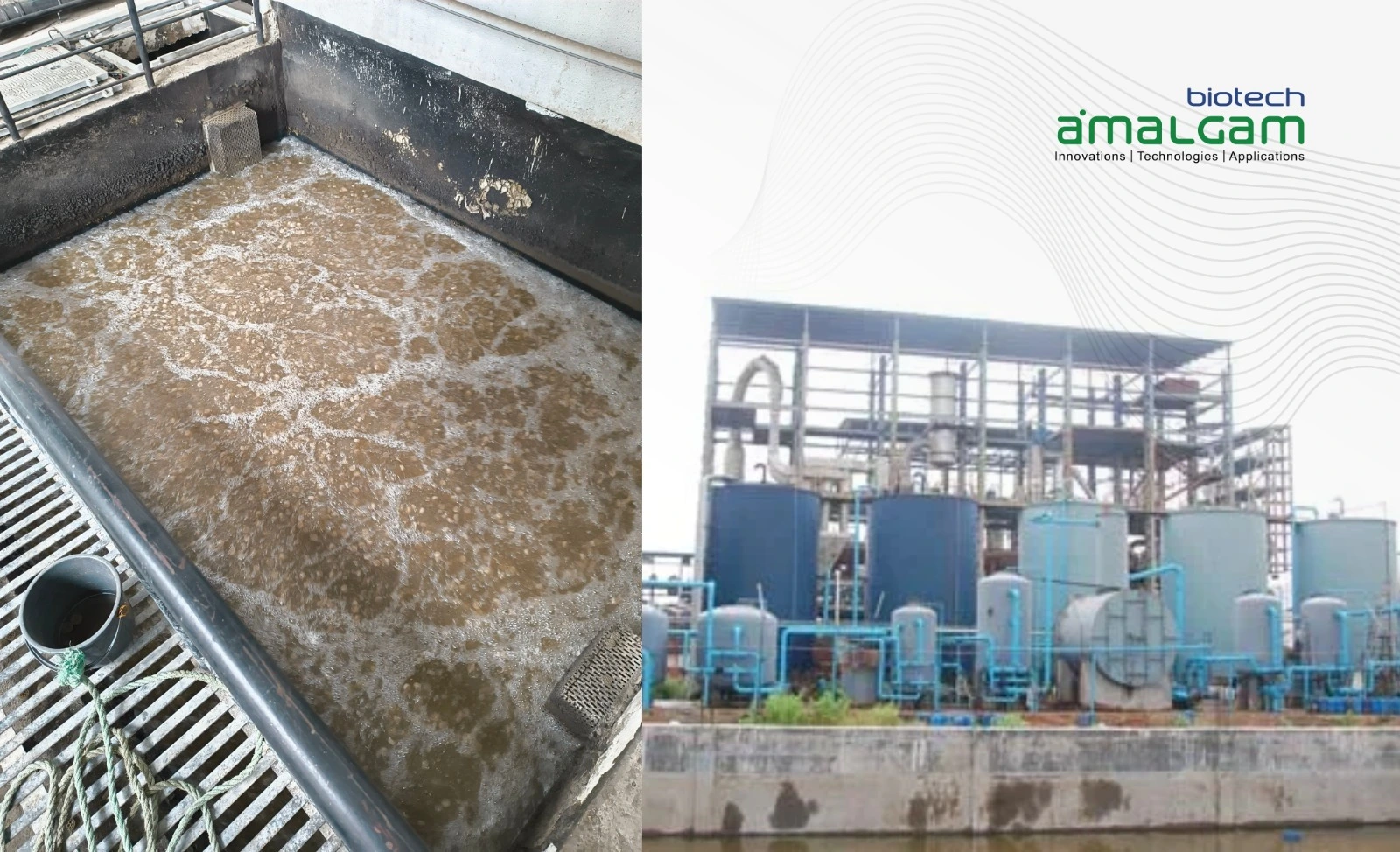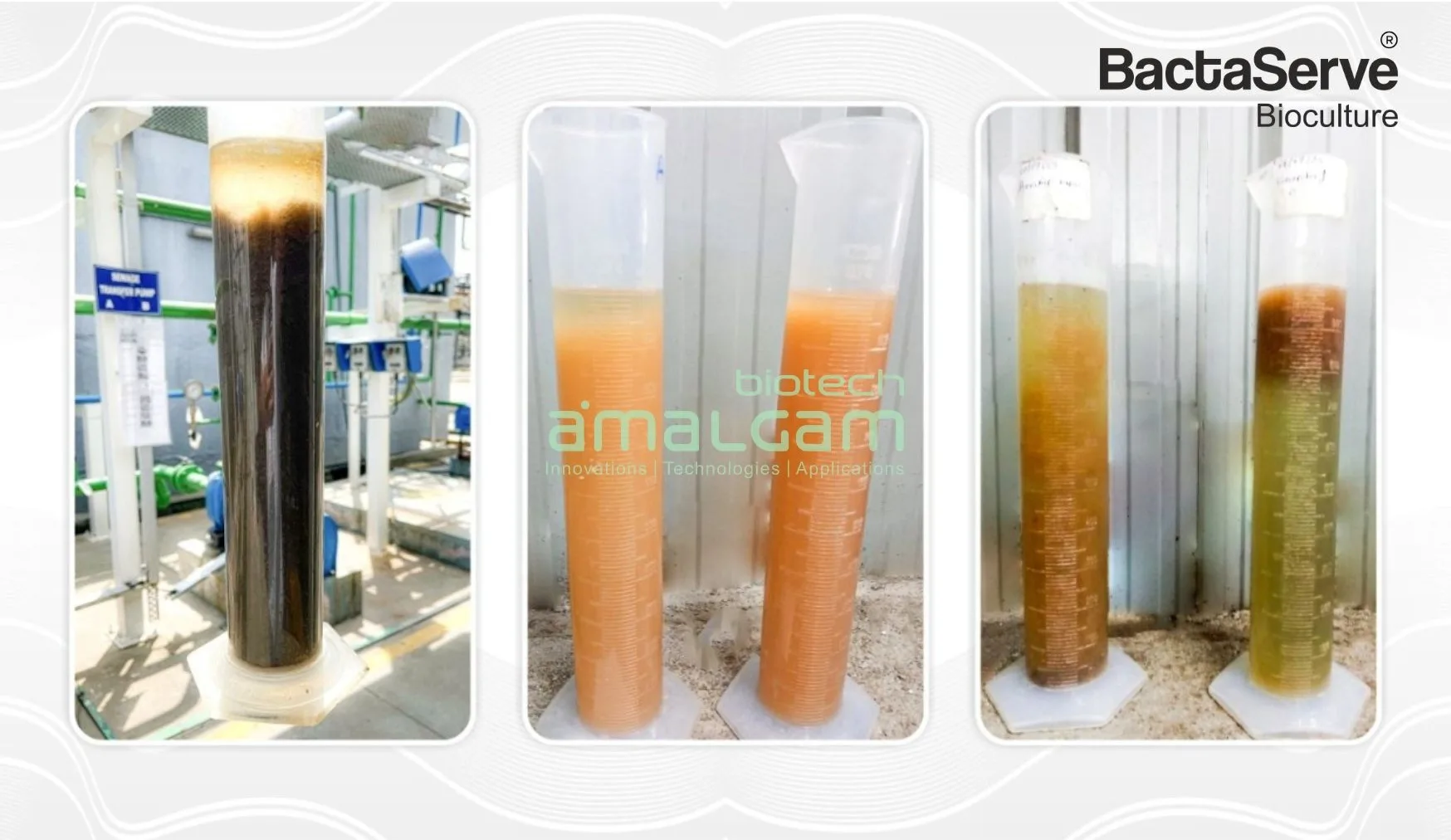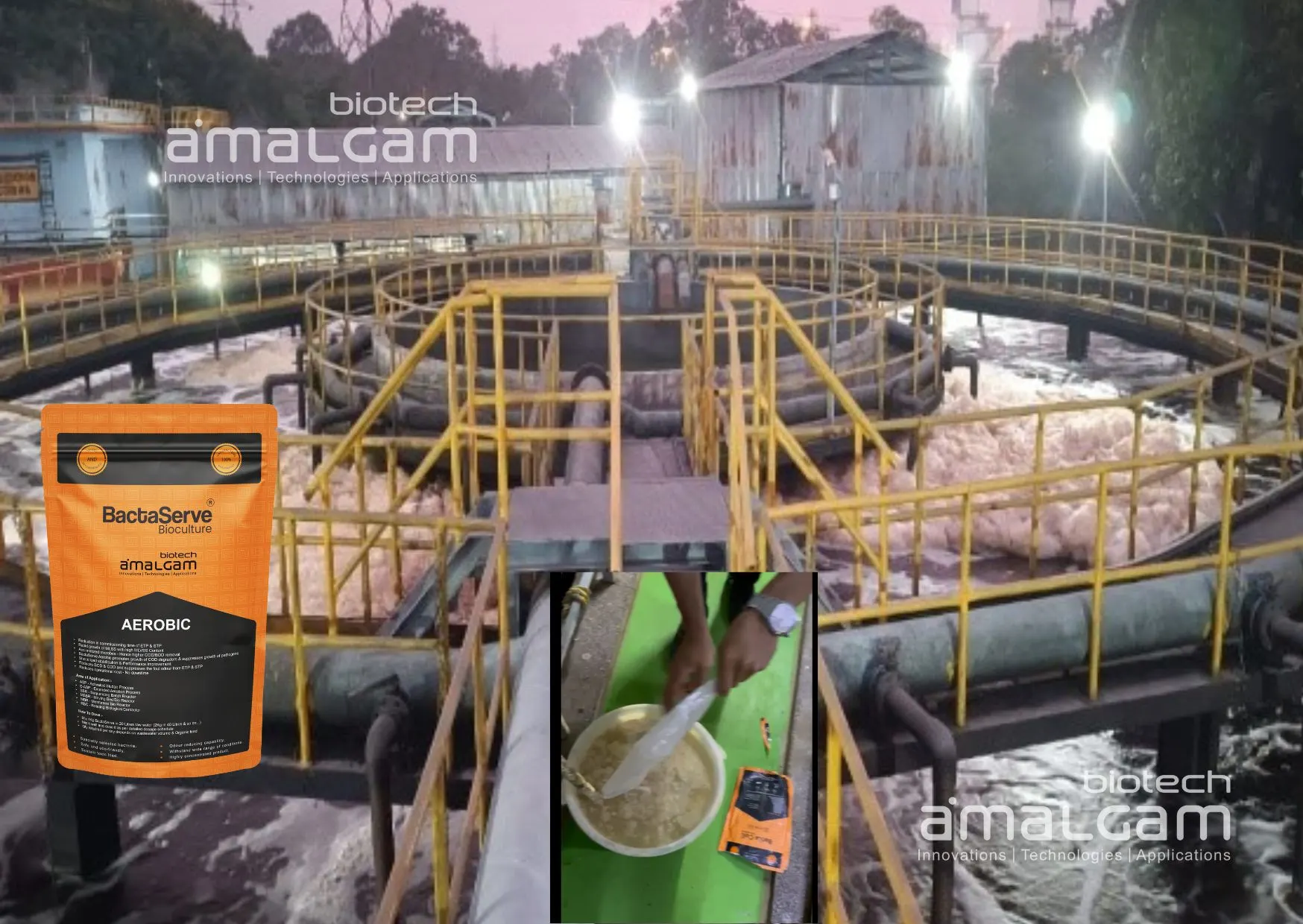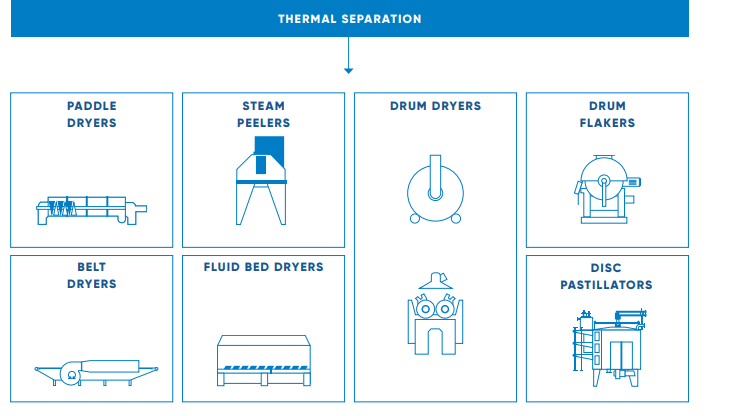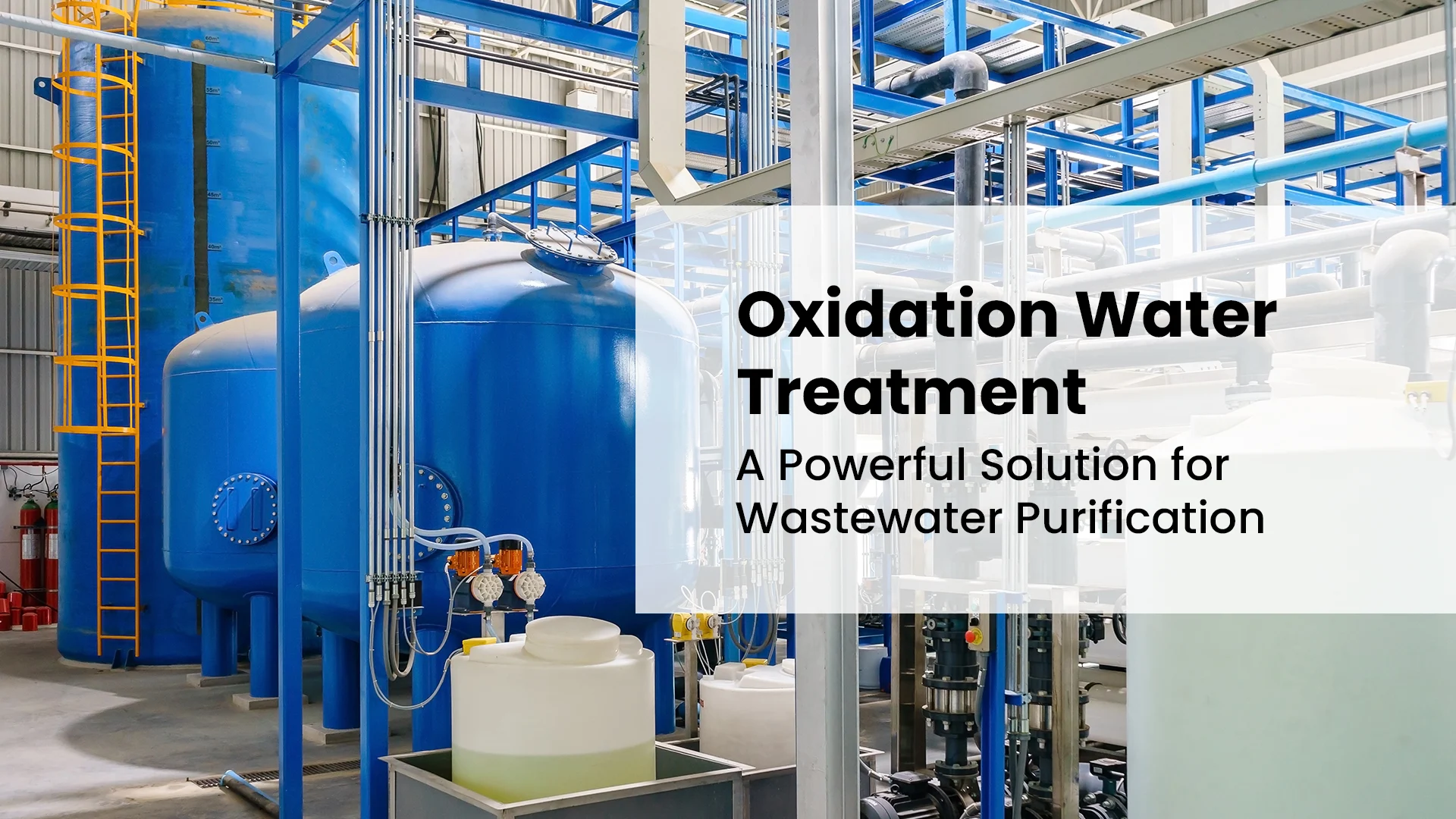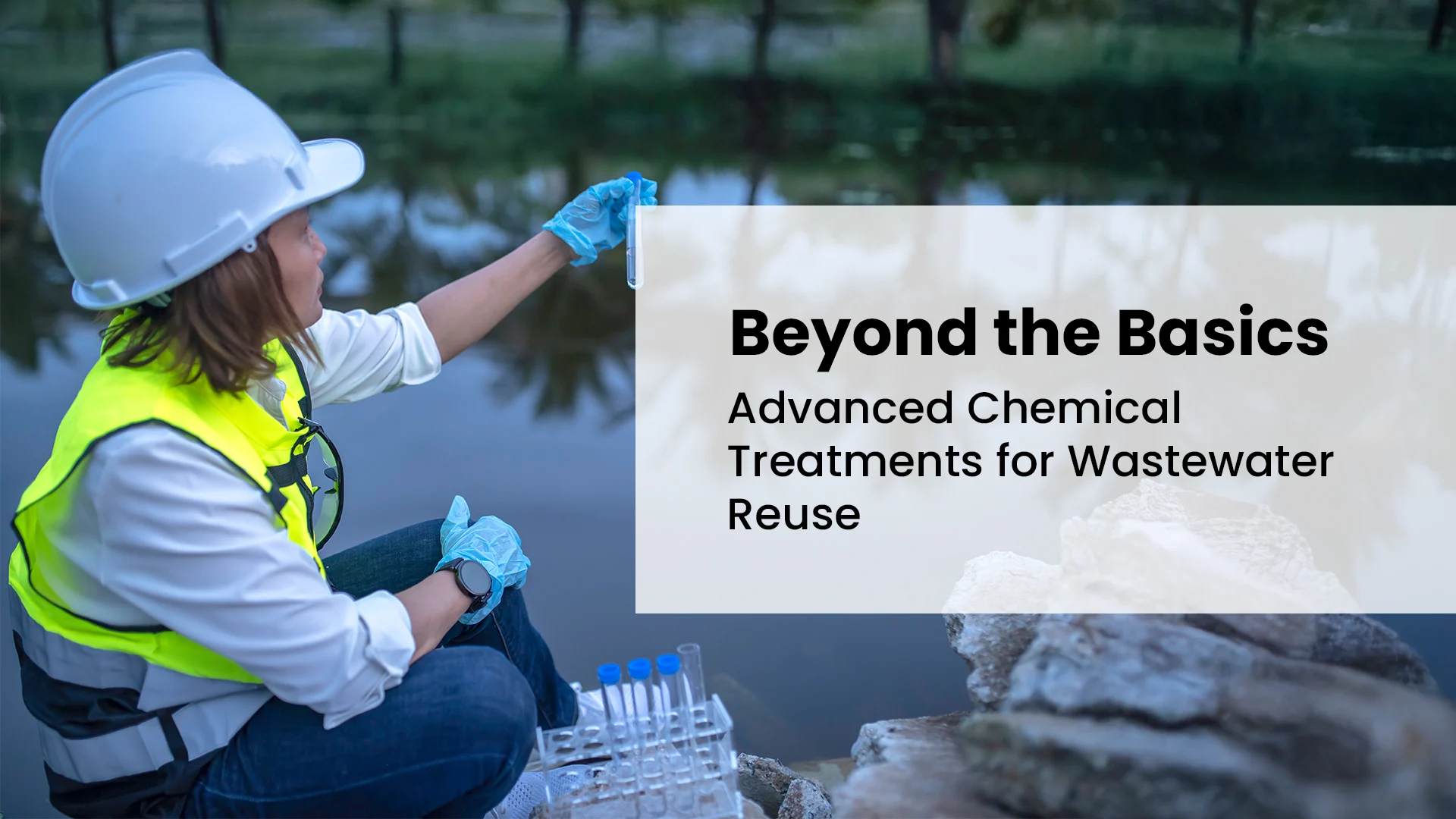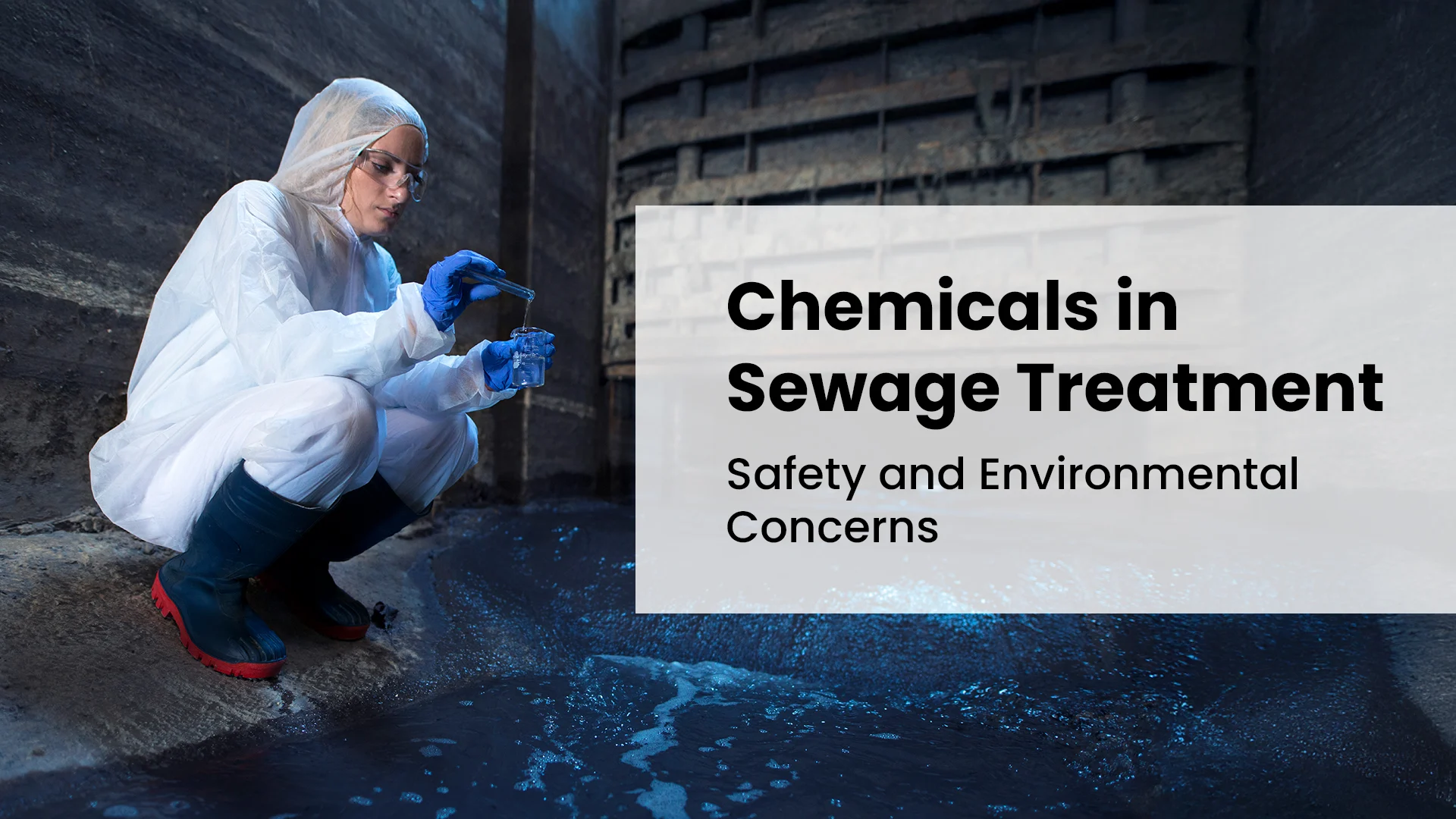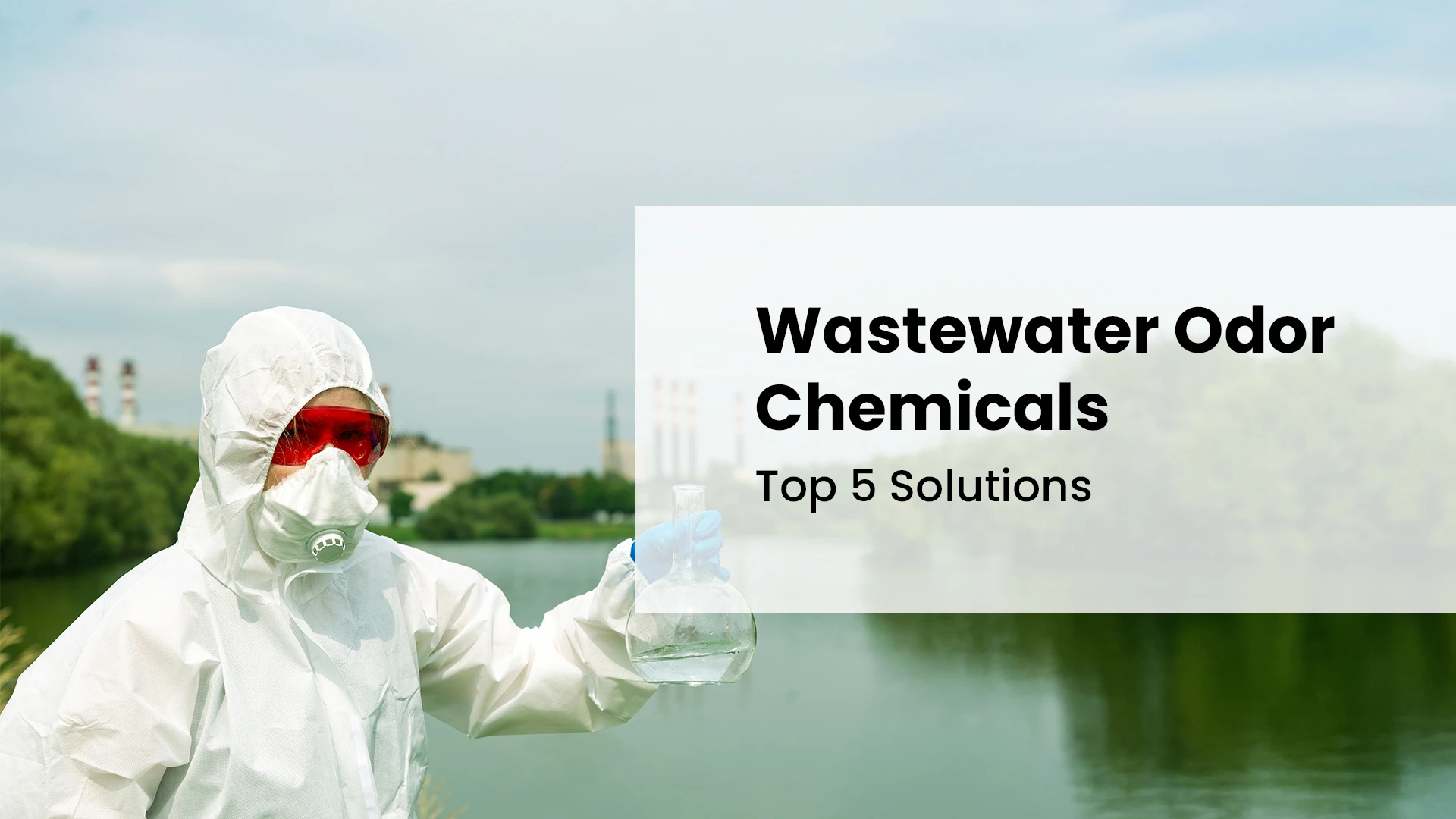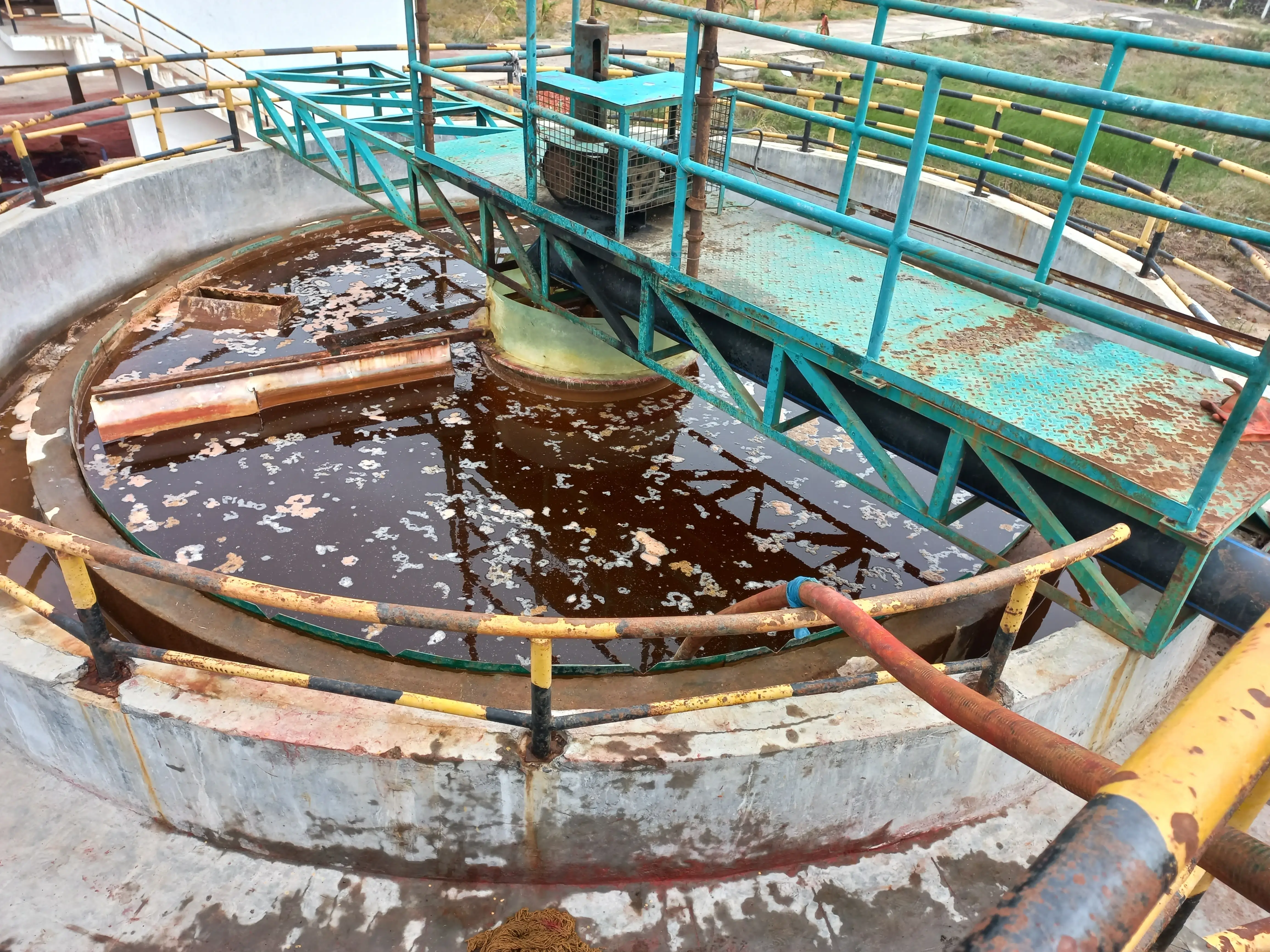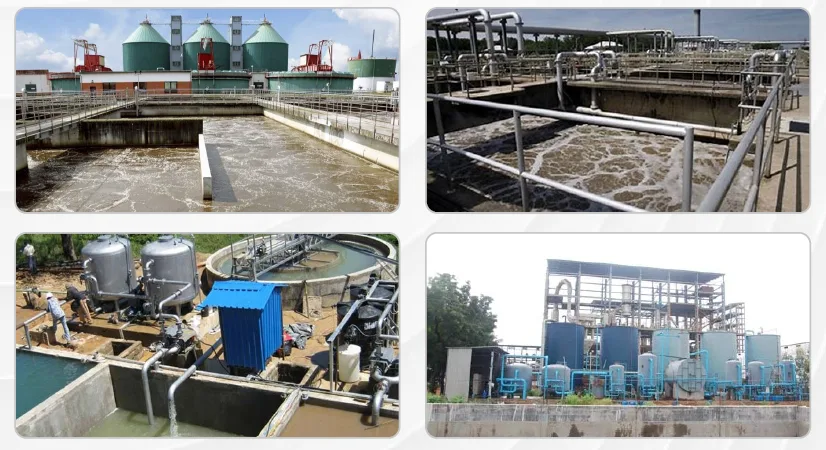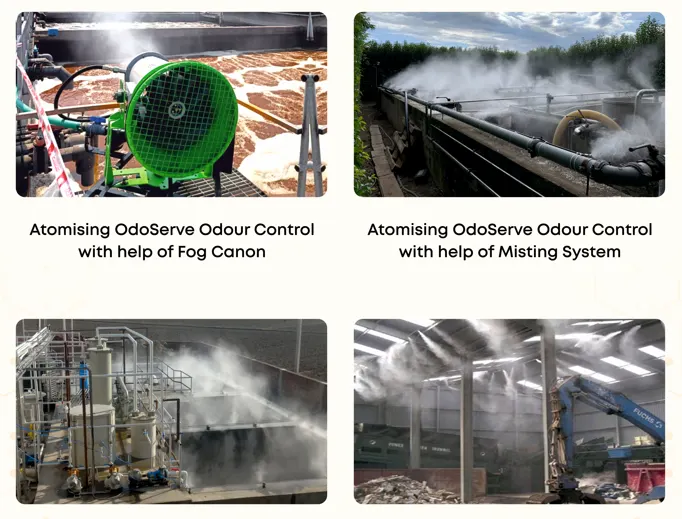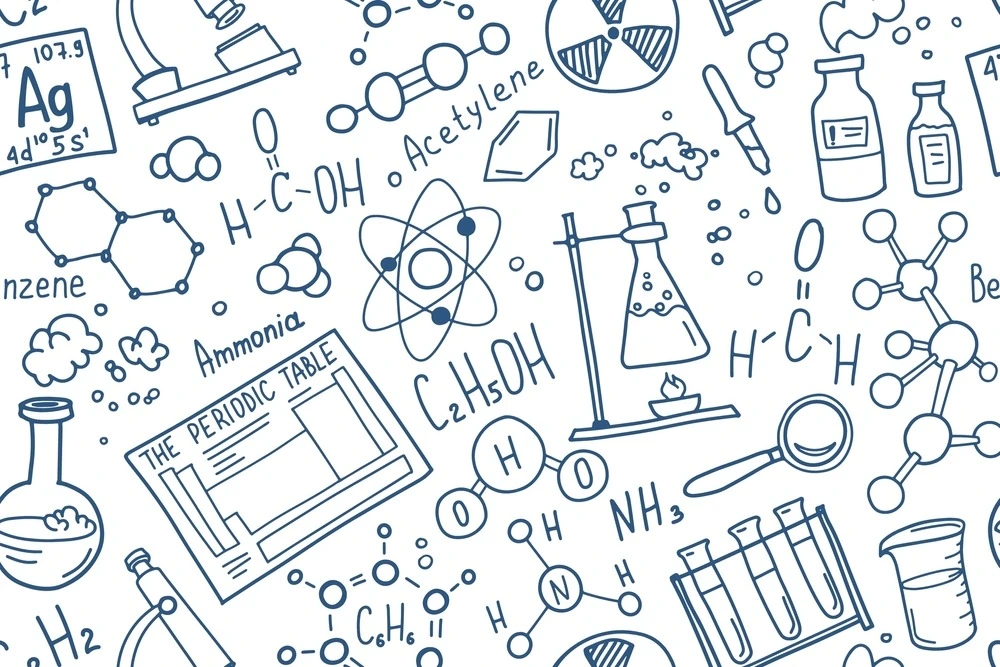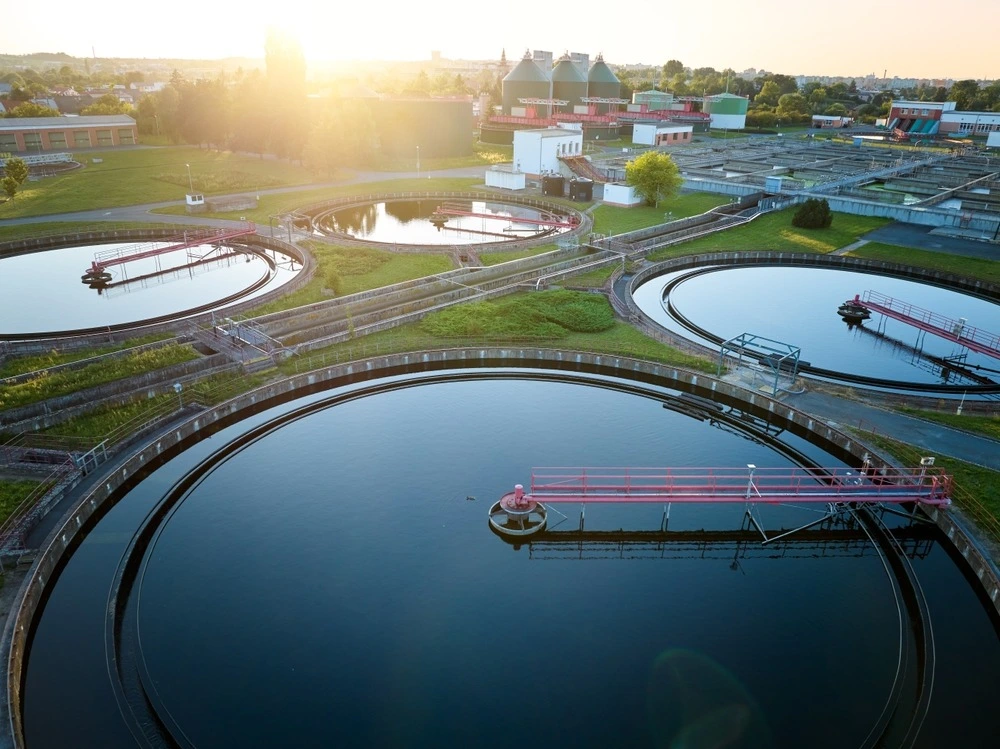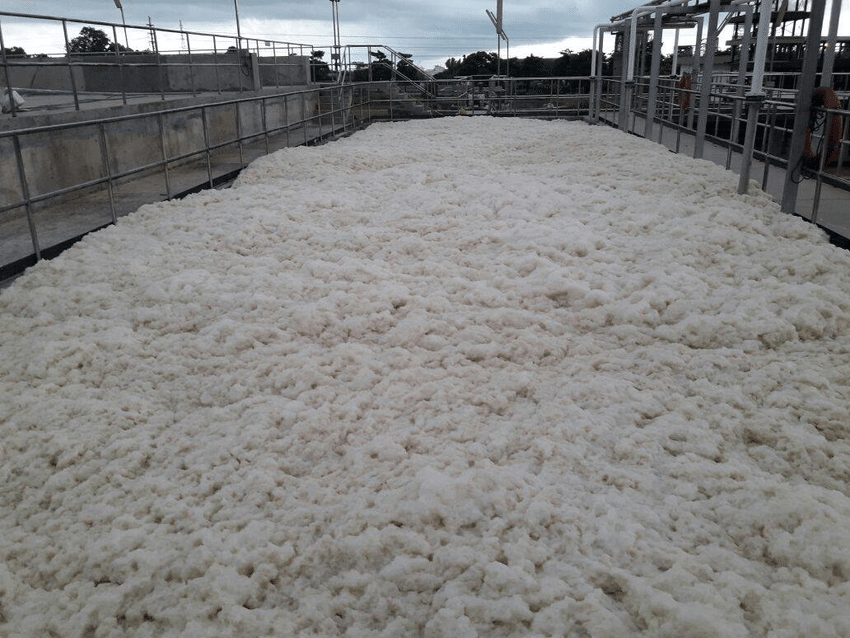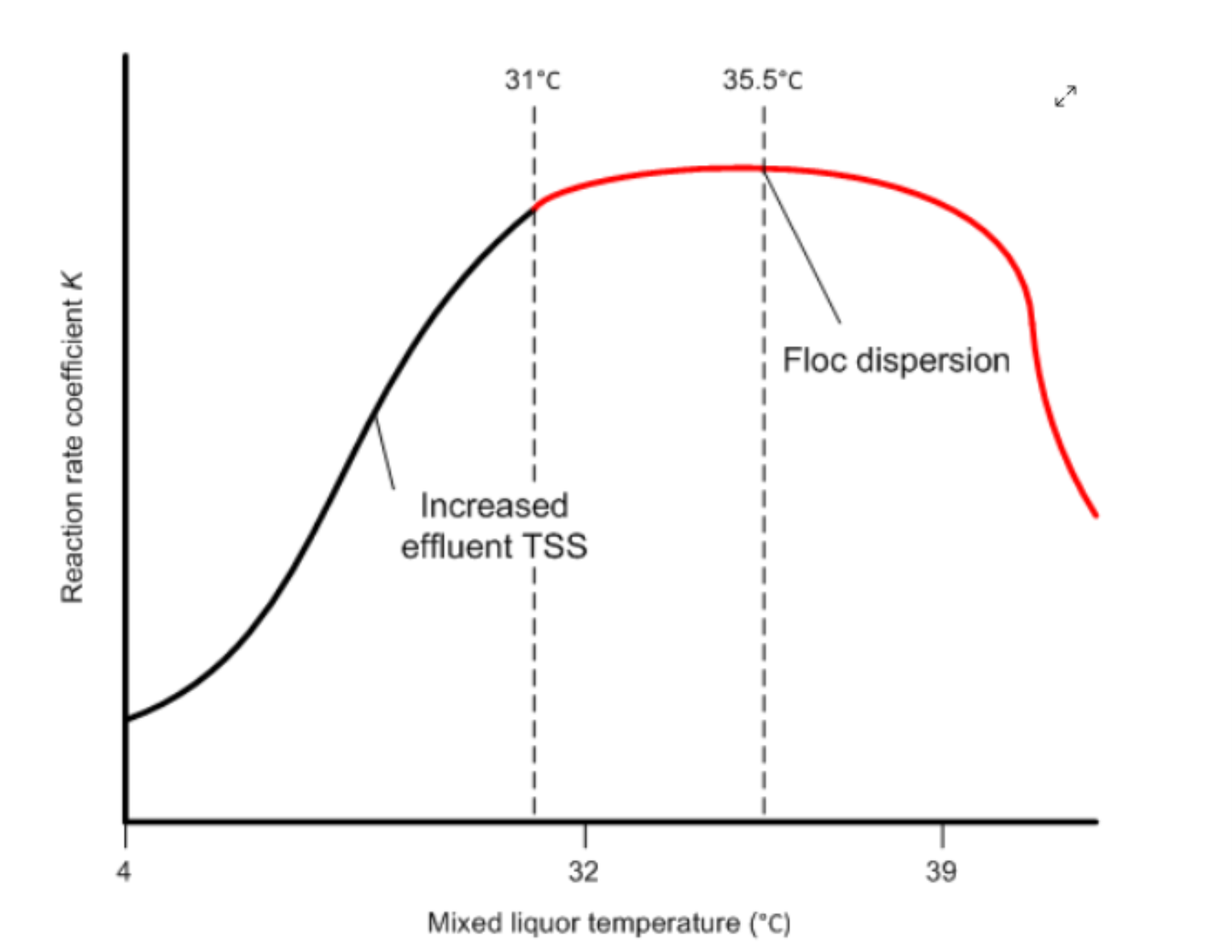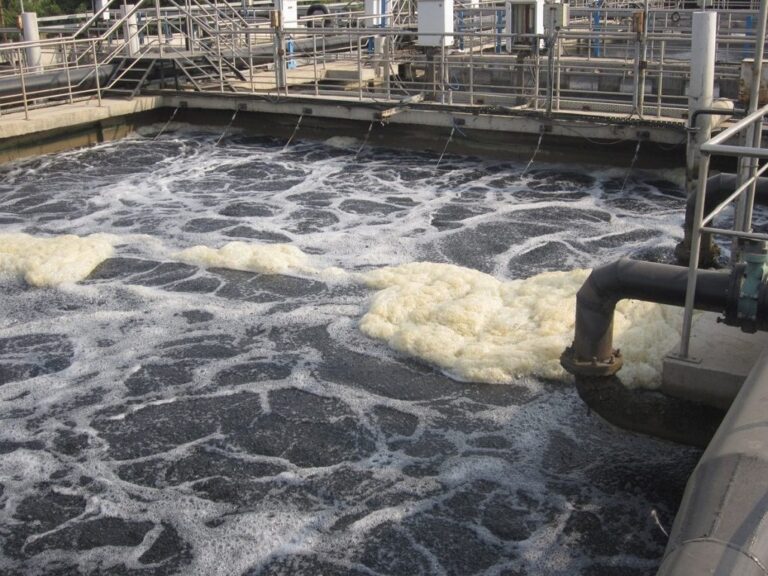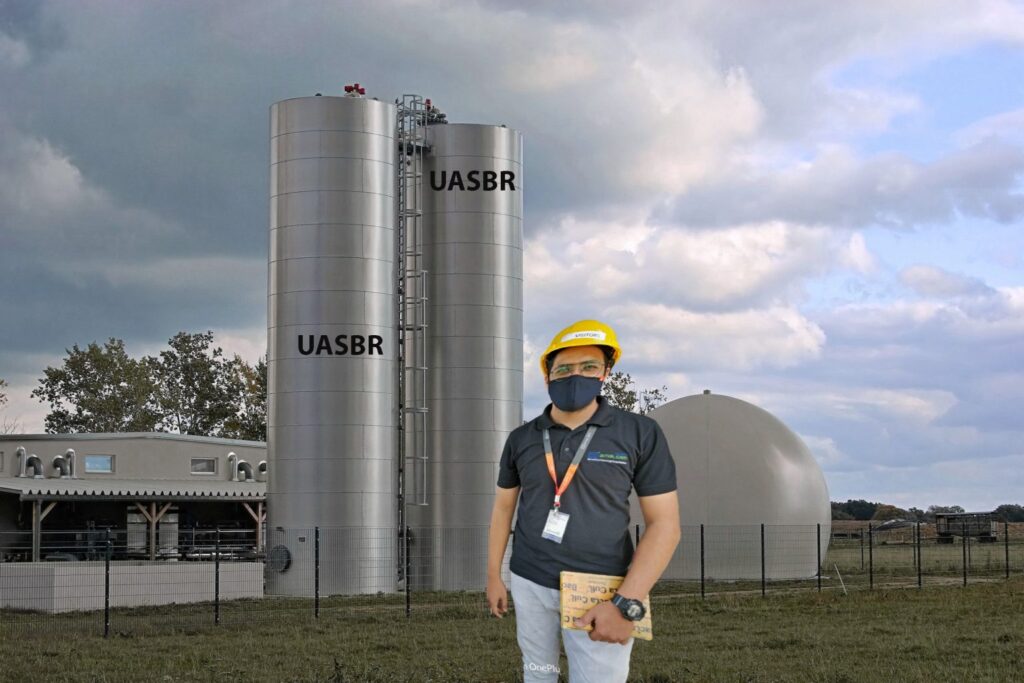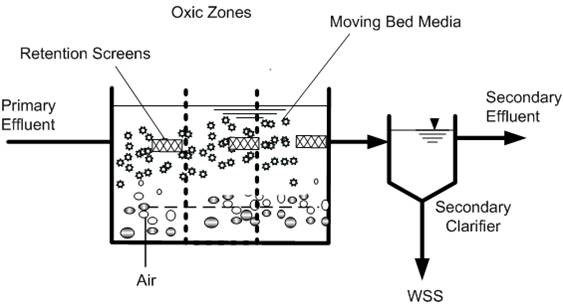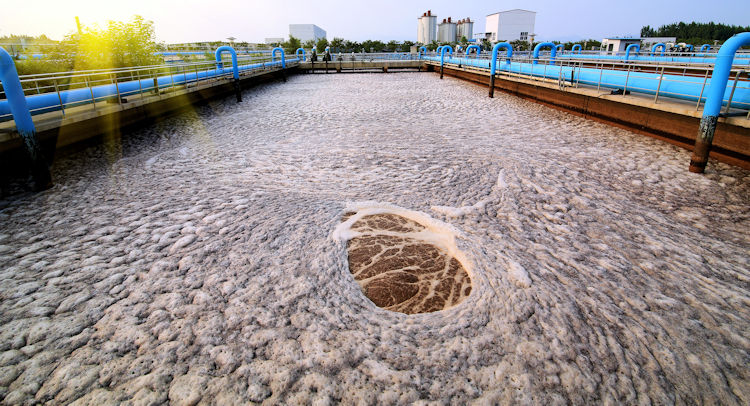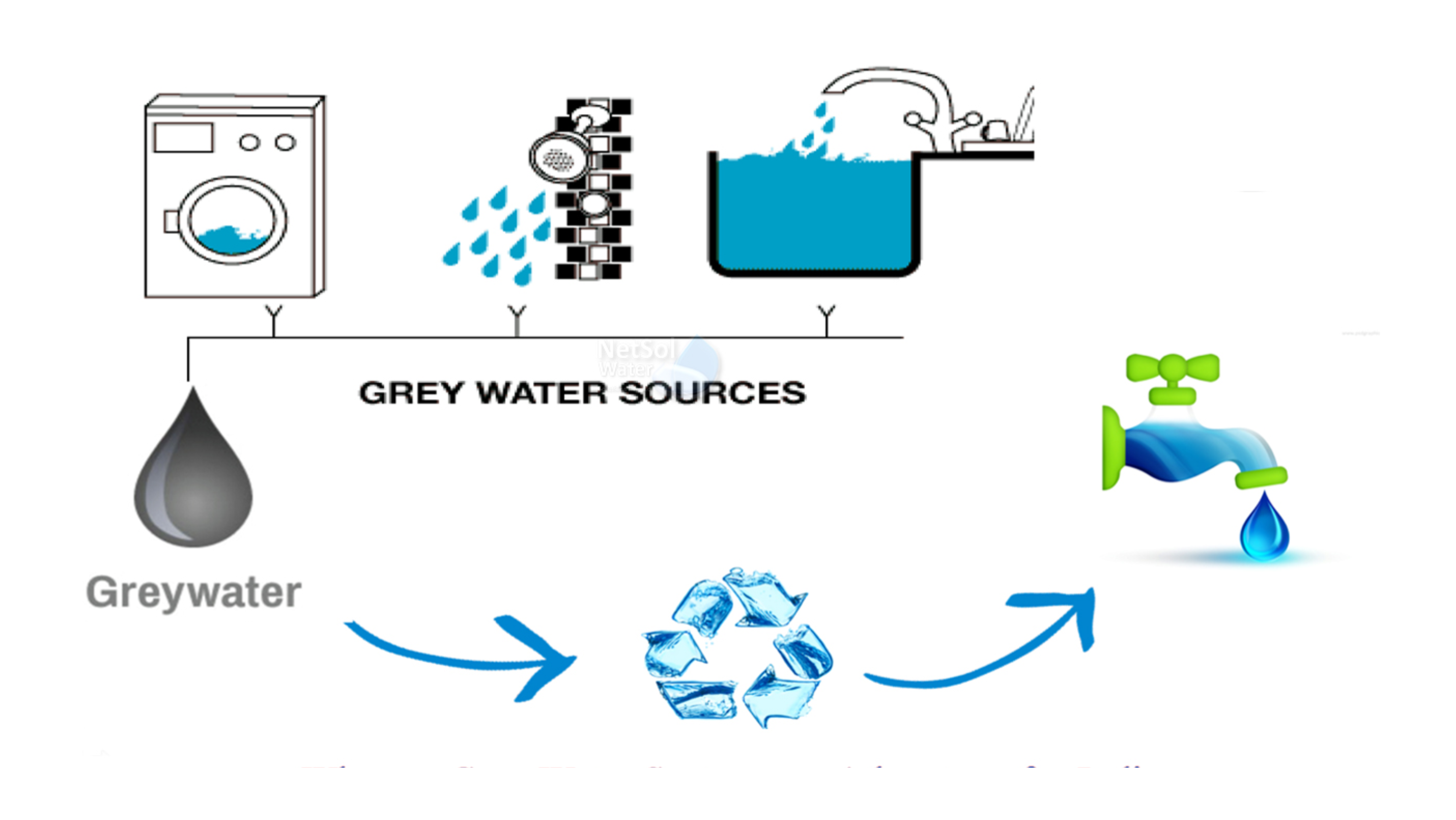We all flush the toilet and send our wastewater down the drain, but have you ever stopped to wonder what happens to it? It's not magic that makes it disappear! Wastewater undergoes a complex treatment process to remove harmful pollutants before it's safely returned to the environment. And guess what plays a crucial role in this process? You got it: chemicals used in sewage treatment.
While the idea of chemicals in our water might sound alarming, these substances are vital for sanitation and public health. Let's dive into the fascinating world of sewage treatment and explore the key chemicals used in sewage treatment and their functions.
The Stages of Sewage Treatment and the Role of Chemicals
Sewage treatment is often divided into three stages: primary, secondary, and tertiary. Chemicals are used strategically throughout these stages to achieve specific goals.
1. Primary Treatment:
This initial stage focuses on removing large debris and solids from the wastewater. While it primarily involves physical processes like screening and sedimentation, chemicals can also play a role.
Coagulants and Flocculants: These chemicals used in sewage treatment help smaller suspended particles clump together, forming larger masses that settle more easily. This process is called flocculation and is essential for efficient solid-liquid separation. Ferric chloride, aluminum sulfate, and polyaluminum chloride are examples of common coagulants. The choice of coagulant depends on factors like the wastewater characteristics and cost-effectiveness.
2. Secondary Treatment:
Here, the focus shifts to removing dissolved organic matter and biological contaminants. This stage heavily relies on biological processes, with microorganisms breaking down the organic pollutants.
Oxygen: While not always classified as a chemical, oxygen is essential for the aerobic bacteria that decompose organic matter. It's often supplied through aeration systems, ensuring the microorganisms have sufficient oxygen for their metabolic processes.
Nutrients: In some cases, nutrients like nitrogen and phosphorus may be added to optimize the growth and activity of the microorganisms. This ensures efficient removal of organic pollutants and helps maintain a healthy biological ecosystem within the treatment process.
3. Tertiary Treatment:
This advanced stage tries to filter the wastewater and eliminate certain pollutants. It often involves a combination of physical, chemical, and biological processes.
Disinfectants: Disinfection is crucial to eliminate harmful pathogens. Chlorine is the most common disinfectant used in sewage treatment due to its effectiveness and cost-efficiency, but other options include ozone and ultraviolet (UV) light. Ozone is a powerful oxidizing agent that can effectively kill pathogens and remove odor, while UV light disrupts the DNA of microorganisms, rendering them inactive.
pH Adjustment Chemicals: Lime or sodium hydroxide may be used to adjust the pH of the treated wastewater before it's discharged, ensuring it's environmentally safe. Maintaining the correct pH is crucial for protecting aquatic life and preventing corrosion in pipes and infrastructure.
Chemicals for Nutrient Removal: Processes like chemical precipitation and biological nutrient removal may involve additional chemicals to remove excess nitrogen and phosphorus, preventing environmental problems like algal blooms. Excessive nutrients in waterways can lead to eutrophication, depleting oxygen levels and harming aquatic life.
Common Chemicals Used in Sewage Treatment
Let's take a closer look at some of the most frequently chemicals used in sewage treatment:
Chlorine (Cl2): A powerful disinfectant that kills bacteria, viruses, and other pathogens. It's widely used due to its effectiveness and relatively low cost.
Ferric Chloride (FeCl3): A coagulant that helps remove suspended solids and phosphorus. It's effective in a wide range of pH conditions and produces a dense, readily settleable floc.
Aluminum Sulfate (Alum): Another common coagulant used for solids removal. It's particularly effective in removing color from wastewater.
Lime (Ca(OH)2): Used for pH adjustment and phosphorus removal. It's also effective in softening water and removing heavy metals.
Sodium Hydroxide (NaOH): Also used for pH adjustment. It's a strong base that can effectively neutralize acidic wastewater.
Ozone (O3): A strong disinfectant that can also remove color and odor. It's a more environmentally friendly option than chlorine as it doesn't produce harmful byproducts.
Polymers: Used as flocculants to enhance the settling of solids. They come in various types and are selected based on the specific wastewater characteristics.
Importance of Chemicals in Sewage Treatment
The chemicals used in sewage treatment are essential for:
Protecting Public Health: They disinfect the wastewater, eliminating disease-causing organisms and preventing the spread of waterborne illnesses.
Safeguarding the Environment: They remove harmful pollutants that can contaminate waterways and harm aquatic life, maintaining the ecological balance of our ecosystems.
Conserving Water Resources: By treating wastewater, we can reuse it for irrigation, industrial processes, and other non-potable purposes, conserving precious freshwater resources and promoting sustainable water management.
Safety and Environmental Considerations
While chemicals used in sewage treatment are vital, it's important to handle and manage them responsibly. Sewage treatment plants have strict safety protocols and monitoring systems to ensure the safe use, storage, and disposal of these chemicals. This includes proper training for personnel, emergency response plans, and regular monitoring of chemical levels in the treated wastewater.
Furthermore, ongoing research and development focus on finding more sustainable and environmentally friendly alternatives for sewage treatment. This includes exploring natural coagulants derived from plant extracts, bio-based polymers that are biodegradable, and advanced oxidation processes that use less harmful chemicals.
The Future of Sewage Treatment
The field of sewage treatment is constantly evolving, with new technologies and approaches emerging. This includes advancements in membrane filtration, anaerobic digestion, and constructed wetlands. However, the fundamental role of chemicals used in sewage treatment remains crucial. By understanding the science behind this process, we can appreciate the importance of these chemicals in protecting our health and the environment.
So the next time you flush the toilet, remember the intricate journey your wastewater takes and the vital role that chemicals used in sewage treatment play in making our world a cleaner and safer place.





